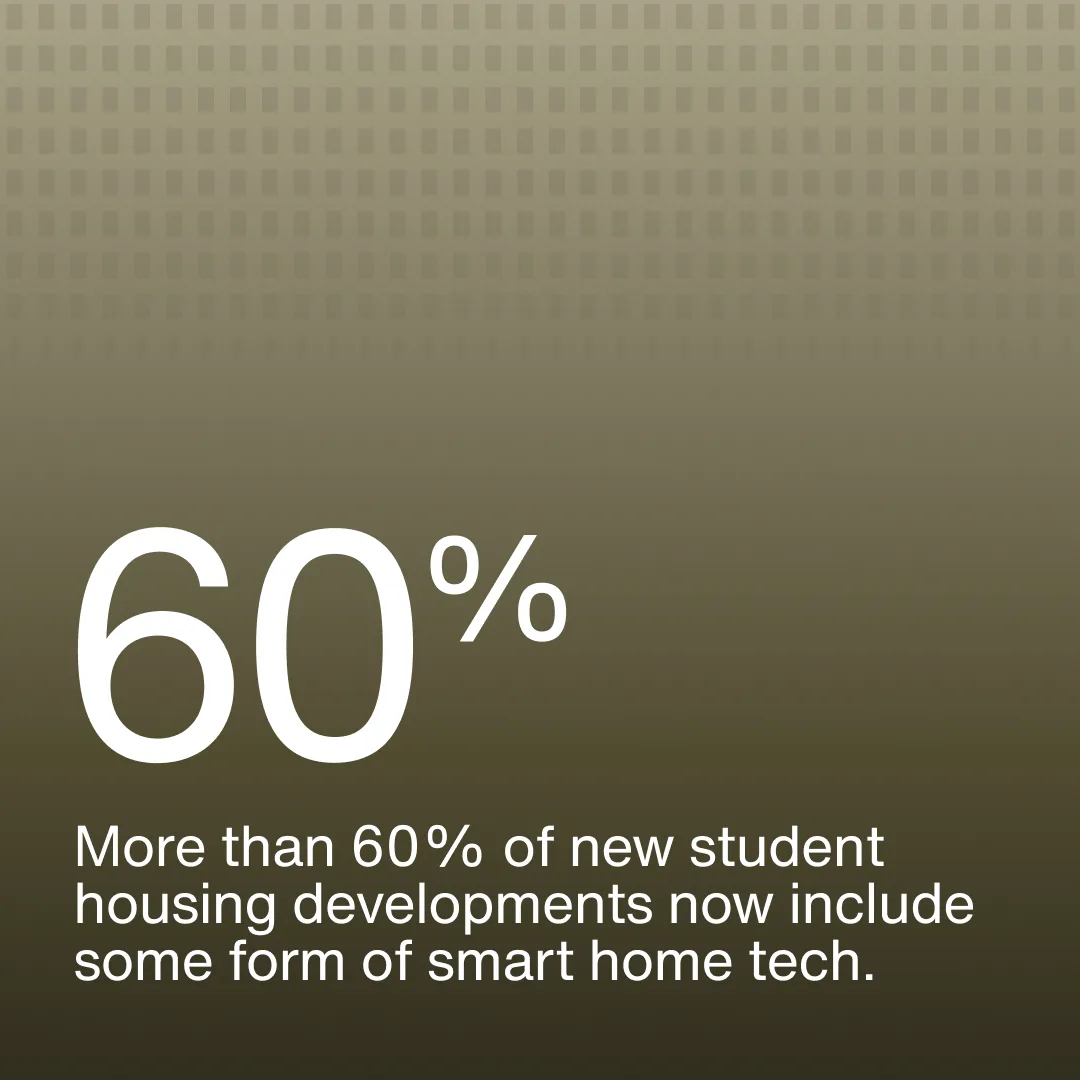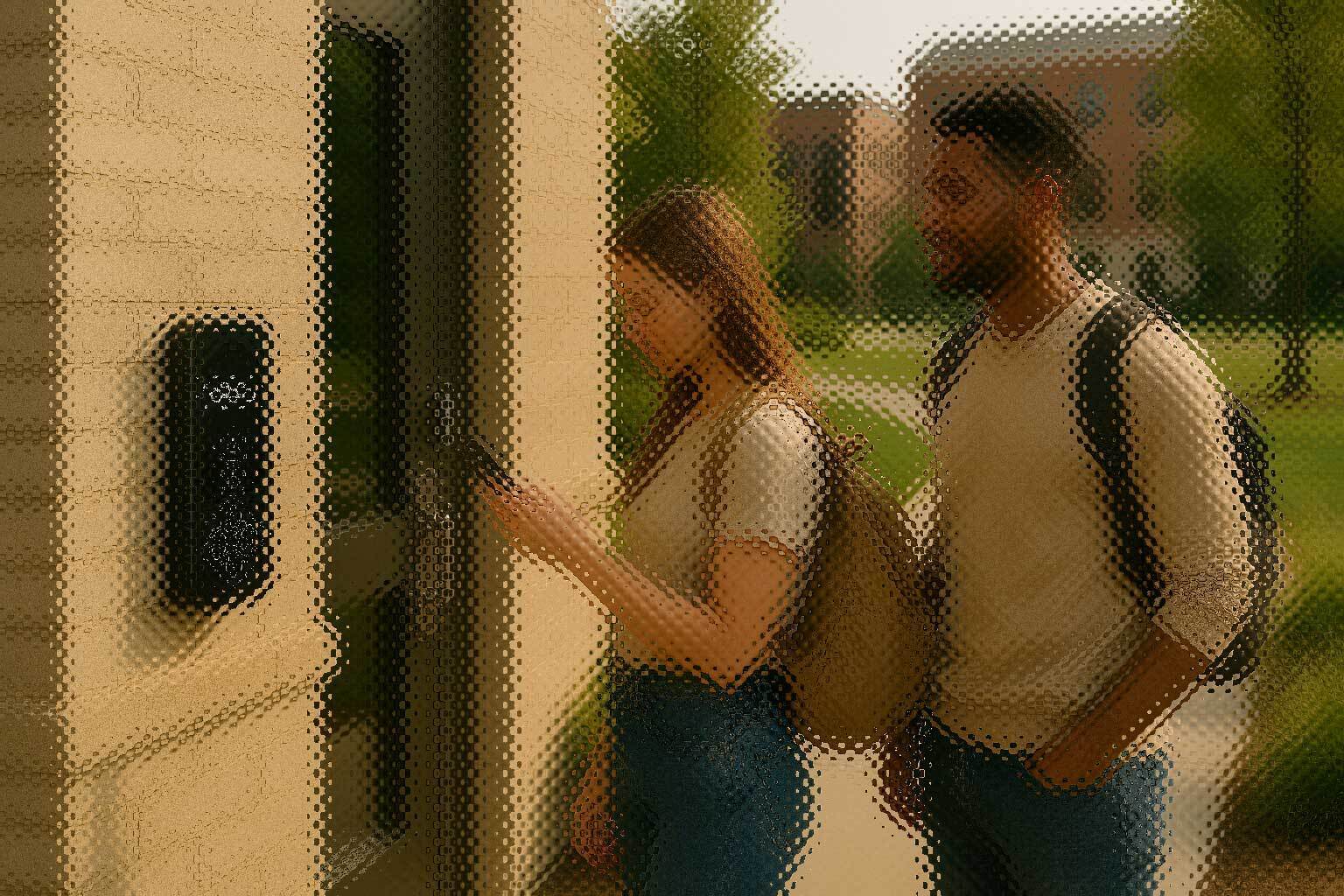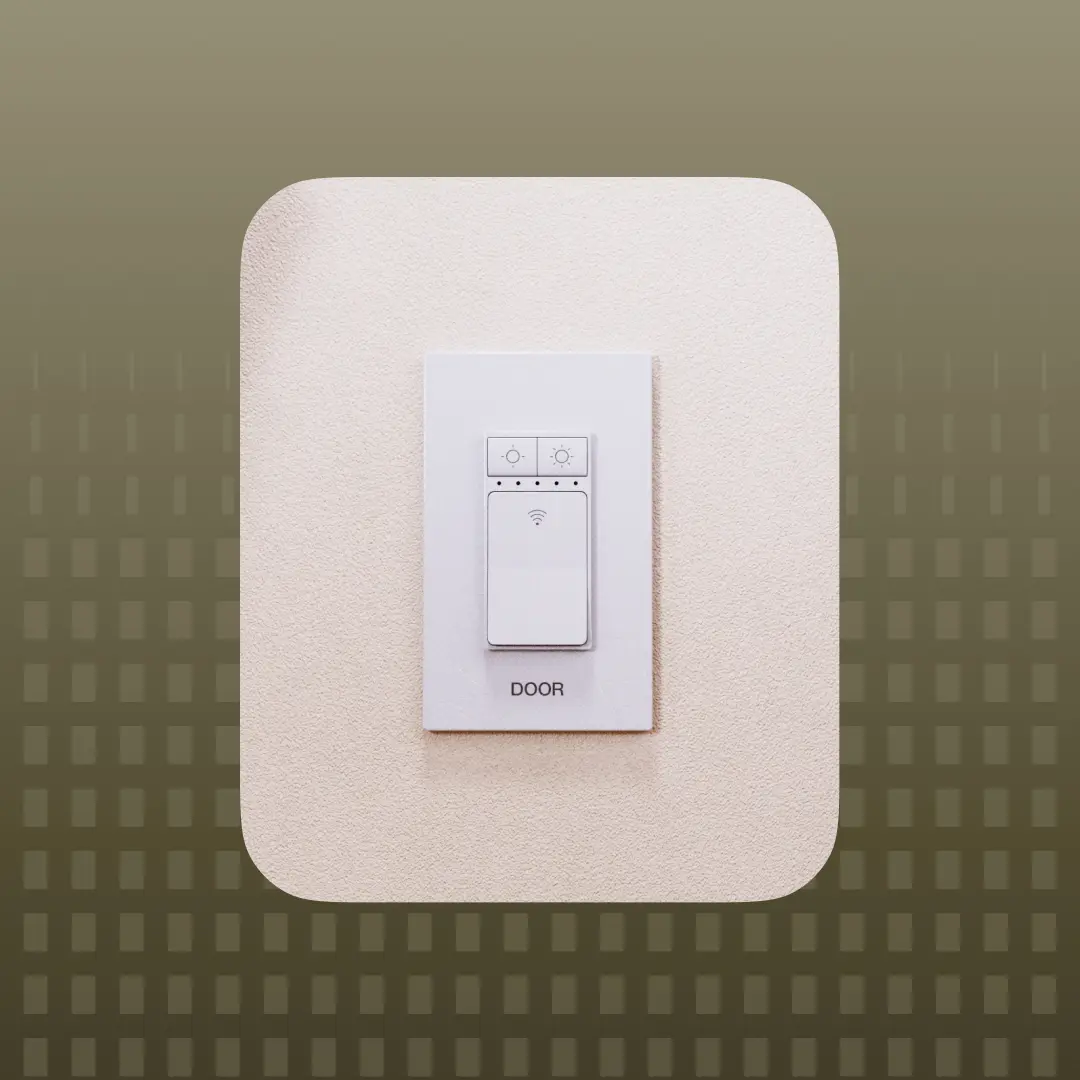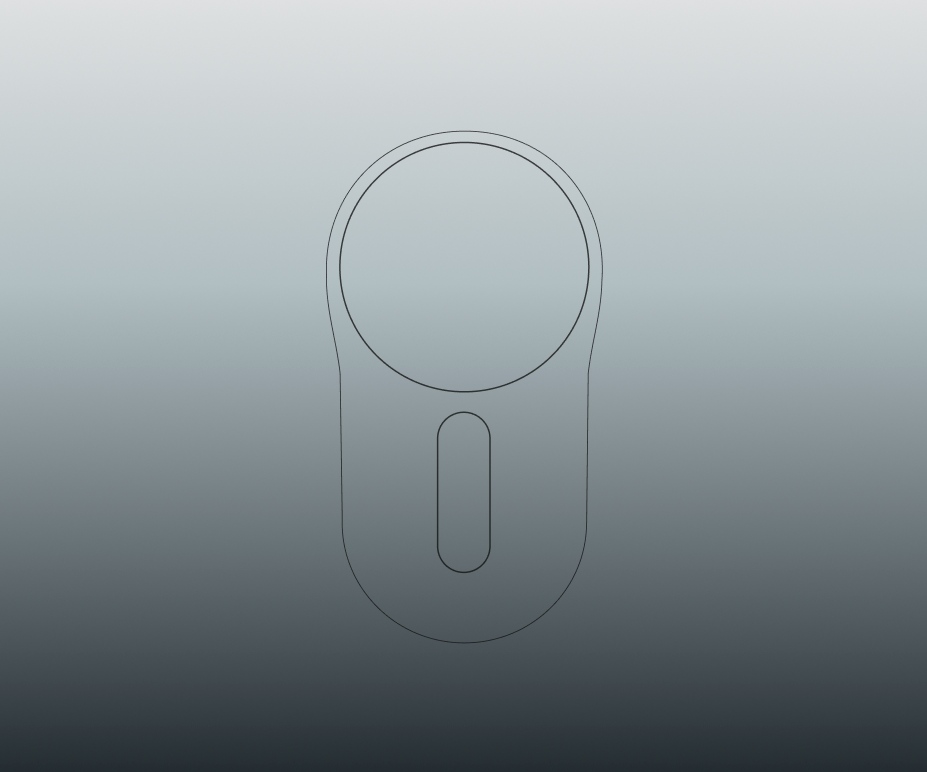College students today arrive on campus with clear expectations. They’re bringing more tech to campus than ever, relying on their phones for everything from ordering food to finding their classrooms. But in too many student housing buildings, the access experience hasn’t kept up. Keys are still being handed out at move-in. Lockouts are common. Rekeying is expensive.
In many student living environments, access control is already moving beyond physical keys. But even digital cards or key fobs can fall short when it comes to flexibility, visibility, and ease of management. That’s where integrated smart access platforms step in, offering mobile credentials, centralized control, access logs, and integrations with the broader smart building ecosystem.
For student housing operators and property managers, smart access is no longer just a tech upgrade. It’s a strategic solution to meet growing demands while managing properties more efficiently.
DOOR’s platform for student housing smart locks is designed to support the full access ecosystem: from PIN codes and mobile app unlock to digital key management systems and access control. These intelligent tools serve both students and staff, enhancing the resident experience while streamlining back-end operations.
Smart Access Is Becoming the Standard in Student Housing
Across the country, student housing is shifting toward more connected, flexible access systems. According to Student Housing Business, more than 60% of new student housing developments now include some form of smart home tech, with access control consistently listed as a top amenity. In markets where competition is tight, offering mobile credentialing or keyless entry is becoming a baseline expectation.

What’s driving this shift? Students want systems that integrate with their lives. Whether they’re unlocking their front door, accessing common areas like laundry rooms or study lounges, or letting a friend in through a Video Intercom, they expect it to work from their phone, Apple Wallet, or NFC-enabled devices.
But it’s not just about convenience, it’s about creating a more responsive, secure, and manageable living environment. Operators are seeing clear value in access systems that are connected, flexible, and manageable from anywhere. Modern platforms provide centralized control through a web portal, full access logs, and flexible credentialing. Access rights can be adjusted on the fly for unit turnovers, maintenance visits, or guest permissions.
Smart access also creates the foundation for future-proof properties. With the right platform in place, operators can integrate additional tools like thermostats, lighting controls, or leak detection sensors without needing to overhaul their entire infrastructure.
“We believe access is the cornerstone of a modern student housing experience. When you get that piece right, it opens the door to everything else: smarter amenities, better workflows, and more trust from residents.”
James Malone, Head of Revenue
Benefits of Smart Access for Students
Smart access platforms support the way students already live: digitally, socially, and in motion. With mobile-first credentials, they can move across campus and into shared or private spaces without disruption.
Features like mobile app unlock, digital key sharing, and backup PIN codes reduce the stress and downtime associated with lockouts. Just as important, students gain visibility into their access history, when they entered their unit or who used a guest credential, helping them feel more in control of their living space.
This level of transparency is especially meaningful in shared living situations. Whether managing a unit with roommates or navigating access to community areas, students benefit from knowing their access is personal, trackable, and customizable.

Benefits of Smart Access for Housing Operators
For property managers and resident life staff, smart access is about more than resident experience. It offers a way to directly impact operating costs and improve NOI.
With a connected access control system, teams can manage access rights for dozens, or hundreds—of doors across multiple properties. Credentials can be granted and revoked from a single cloud-based software platform, eliminating the need for in-person handoffs or physical rekeying.
Routine processes like lockouts, move-ins, unit turnovers, and guest entry can be handled in real time. That means faster service, fewer tickets, and lower labor costs.
When issues arise, such as after-hours complaints or reported incidents—teams can reference audit trails and activity logs to validate or troubleshoot access events. This reduces guesswork and builds accountability into everyday operations.
Smart access also plays a part in long-term property strategy. Operators using cloud-managed systems can scale into new markets, integrate with existing tools like Work Management apps or intercoms, and reduce the burden of administrative fees or manual processes to improve NOI and operating costs. DOOR also integrates directly with leading property management systems (PMS), allowing operators to sync access control with existing workflows and reduce system fragmentation.
“Smart access doesn’t just save time. It helps our property managers run more confidently. When something happens, they’re not guessing. They have precise, real time data to inform their next steps.”
James Malone, Head of Revenue
Visibility and Control Without Overpromising on Security
Smart access platforms are not just for security purposes. They’re infrastructure tools, designed to provide visibility, convenience, and control for residents and operators alike.
That said, they do play a critical role in shaping how people move through spaces.
Smart access systems offer:
- Secure digital credentialing with mobile device verification
- Credential types include RFID cards (key cards), PIN codes, App, Physical (traditional) Key, Apple Watch, Android NFC, and 4-7 digit Doorcode.
- Instant revocation capabilities and real-time access updates
- Accessibility offline, in the event of power or Wi-Fi outages
- Encrypted access logs and optional integrations with visitor management tools or intercom systems
Smart credentials can also integrate with other building technologies, including intercoms, visitor access management, and building entry systems, helping operators deliver a safer, more transparent experience without crossing into the domain of surveillance or physical security enforcement.
Cost Benefits and Operational ROI
For most operators, the return on smart access starts with efficiency. Traditional access systems require time-consuming, manual interventions: issuing physical keys, managing replacements, coordinating lock changes, and responding to frequent lockouts.
With digital credentials, much of that is eliminated. Staff can issue access remotely, manage it in bulk, and make real-time updates without stepping foot on-site. That efficiency translates directly into fewer on-call hours and better resource allocation during high-pressure times like turn season.
Smart access also supports portfolio growth. As operators expand into new markets or acquire additional properties, they can manage access across locations from a single platform, scaling operations without scaling headcount.
Finally, the resident experience itself contributes to ROI. Properties that offer smart access are often seen as more modern and desirable, commanding stronger rents and improving lease renewal rates.
What’s Next for Student Living
Student housing is becoming smarter and access is leading the way. It’s the interface between physical space and digital experience, and it sets the tone for how residents engage with a building.
Operators who invest in smart technology platforms today are not only reducing operational complexity, but also preparing for a future of fully integrated smart home systems, smart water leak detectors, smart home equipment, and more.
When access is connected, flexible, and reliable, it supports everything else, including resident experience, operational growth, and asset value.





.webp)




.webp)

